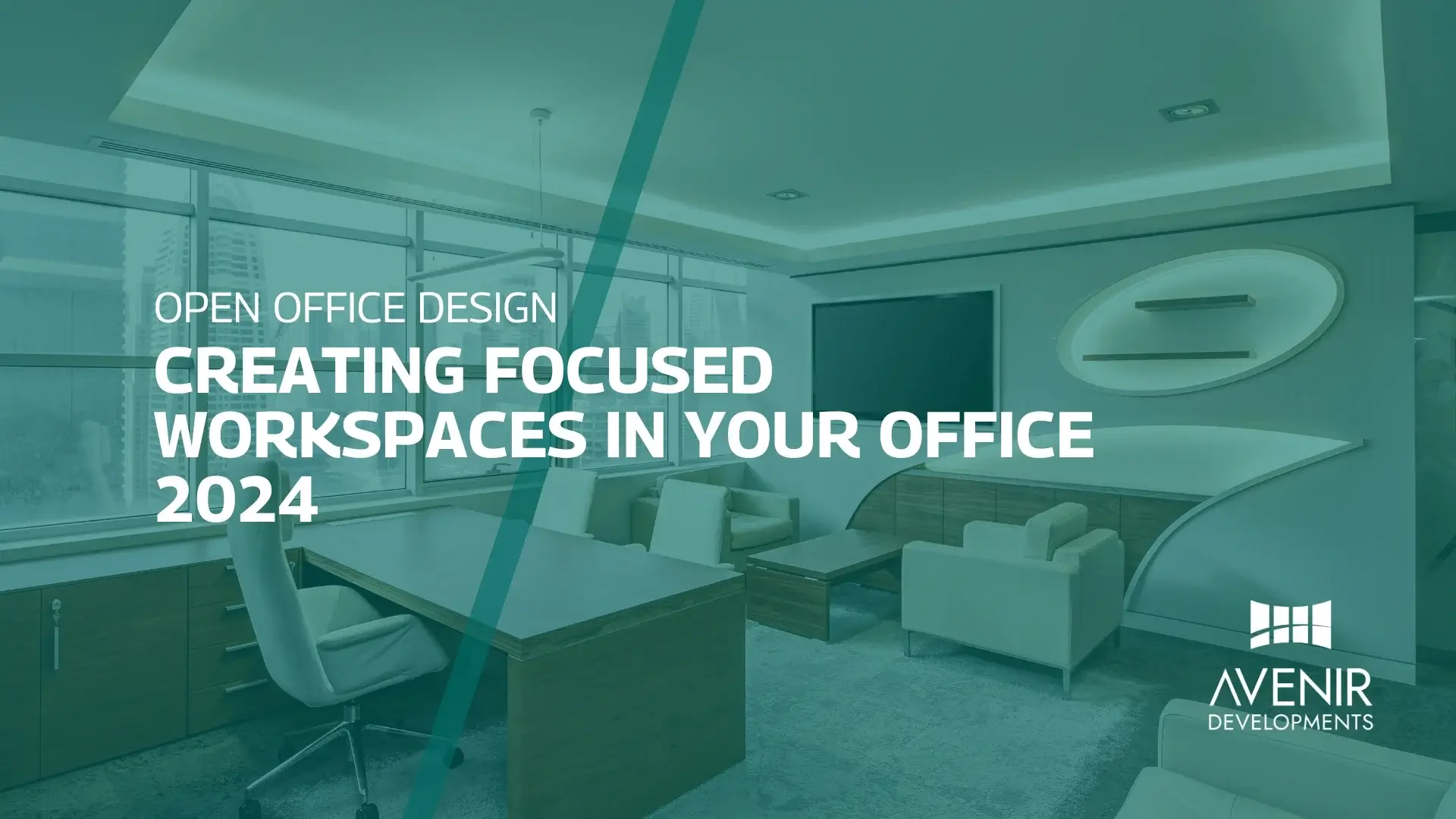Islamabad, a city known for its Mughal-era architecture and bustling modern life, offers a beautiful tapestry of sights. But have you ever noticed how certain colors seem to evoke a specific feeling as you walk through different areas? Recently, I stumbled upon a charming cafe tucked away in a quiet corner of F-7. Painted in a soft, calming shade of lavender, the entire space exuded a sense of serenity – a welcome escape from the usual hustle and bustle. This experience got me thinking about the power of color in architecture, particularly the growing trend of pastel hues.
Unveiling the Delicate World of Pastels
What are Pastels?
Pastel colors are those soft, muted tones created by adding white to a saturated color. Think pale pinks, baby blues, mint greens, and the like. These gentle shades evoke feelings of calmness, tranquility, and even a touch of nostalgia.
A Historical Journey
Pastel colors have been gracing buildings for centuries. From the elaborate Rococo style of 18th-century Europe, characterized by its light and airy aesthetic, to the bold minimalism of Mid-century Modern design, pastels have found their place in various architectural movements.
The Significance of Pastels
Beyond aesthetics, pastels offer a multitude of practical benefits. They can visually expand a space, making smaller rooms feel airy and open. Additionally, these soothing colors can create a sense of peace and relaxation, making them ideal for residential settings, healthcare facilities, and even office spaces where promoting focus and well-being is crucial.
Pastel Power: The Latest Trends and Developments
The world of architecture is constantly evolving, and the use of pastels is no exception. Here are some exciting trends to watch:
- Monochromatic Magic: Architects are increasingly using various shades and tones within a single pastel color palette. This creates a sense of depth and visual interest while maintaining the calming effect often associated with pastels [1].
- Material Matters: The use of pastels isn’t limited to paint. Imagine stunning facades crafted from pastel-hued tiles or buildings adorned with pastel-colored concrete panels. These innovative applications are pushing the boundaries of design [2].
- Sustainable Solutions: As sustainability becomes a top priority, architects are exploring eco-friendly ways to incorporate pastels. This can involve using recycled materials or natural pigments to create these beautiful hues [3].
Local Considerations: Here in Pakistan, there’s a growing interest in incorporating traditional design elements with a modern twist. Soft, cool pastels like mint green or light sky blue can beautifully complement the intricate details found in Mughal or Islamic architecture, creating a harmonious blend of old and new.
Demystifying Pastels: Addressing Common FAQs
Q: Are pastels too trendy? Will they go out of style?
A: While trends come and go, the appeal of pastels lies in their timeless elegance. Used thoughtfully, they can create a space that feels current yet classic.
Q: Are pastels only for certain architectural styles?
A: Absolutely not! Pastels can be incorporated into a variety of styles, from the clean lines of modernism to the ornate details of traditional architecture. The key lies in selecting the right shade and using it strategically.
Q: Won’t a pastel exterior get dirty easily?
A: Modern paints offer excellent durability in various colors, including pastels. However, it’s always wise to consider the specific climate and potential for dust or grime when selecting the right shade for your project.
Expert Tips: Bringing Pastels to Your Space
1. Embrace the Light: Pastels work best with ample natural light. If natural light is limited, incorporate strategic lighting elements to enhance the color and create a warm and inviting atmosphere.
2. Consider the Context: Think about the overall feel you want to create. Soft pinks and peaches evoke a sense of playfulness, while cooler tones like lavender or mint green promote relaxation.
3. Don’t Shy Away from Accents: While pastels can be the star of the show, don’t be afraid to introduce bolder colors as accents. This can add depth and visual interest to your space.
4. Sample, Sample, Sample! Light and shadow can dramatically alter how a color appears. Before committing, experiment with paint swatches and see how they look in your specific space at different times of the day.
5. Seek Expert Advice: A qualified architect or interior designer can help you navigate the world of colors and create a design that perfectly complements your vision and the overall functionality of your space.
Conclusion: A World Painted in Soft Hues
Pastel colors offer a refreshing approach to architecture, creating spaces that are both aesthetically pleasing and conducive to well-being.
Call to Action: Unleash the Power of Pastels with Avenir Developments
Whether you’re envisioning a calming haven in your home, a vibrant workspace that fosters creativity, or a captivating commercial building that stands out, pastels can be a powerful tool in your design arsenal.
At Avenir Developments, our team of experienced architects and designers are passionate about creating spaces that not only look stunning but also cater to your unique needs and preferences. We possess the expertise to guide you through the entire design process, from selecting the perfect pastel shade to ensuring it harmonizes beautifully with the overall architectural style.
Ready to explore the possibilities of pastels in your next project?
Contact Avenir Developments today! We offer comprehensive consultations in Architecture, Interior Design, and Construction Management.
Reach out to us on WhatsApp or call us at +923001101103 to schedule a consultation and turn your dream space into a reality.






